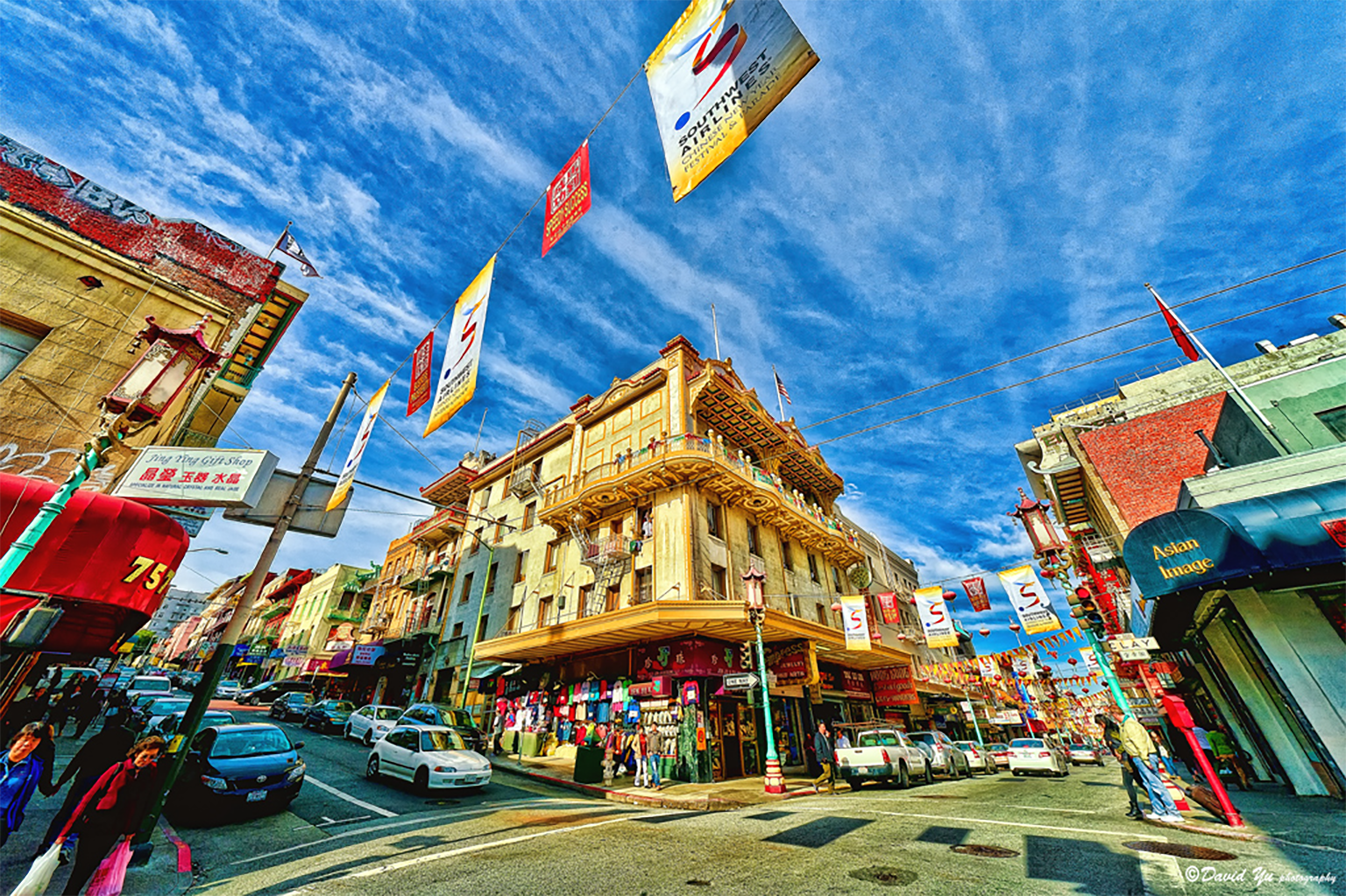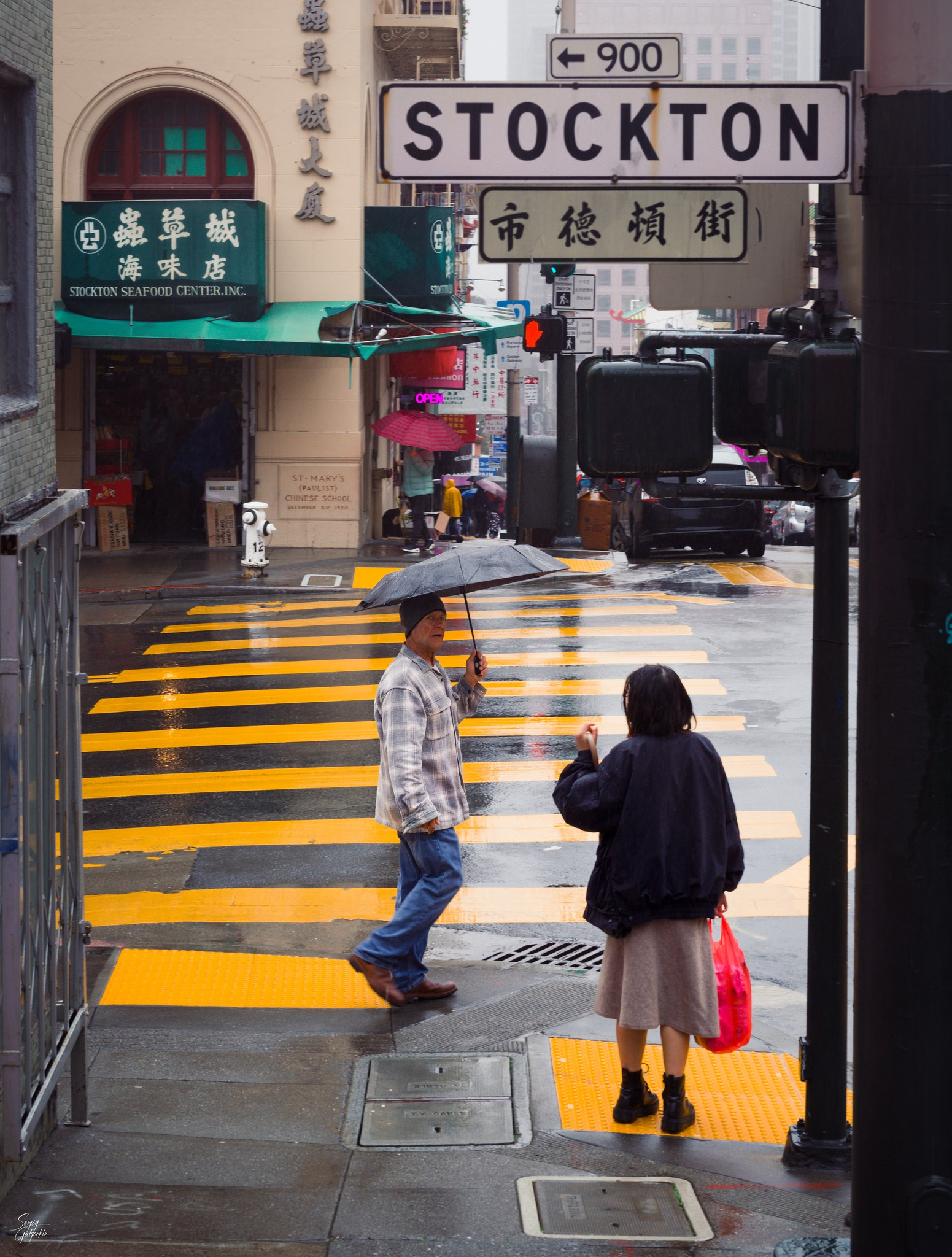This article is part of SF Throwbacks, a feature series that tells historic stories of San Francisco to teach us all more about our city’s past. It’s also an excerpt from Alec Scott’s book, Oldest San Francisco — with minor edits from The Bold Italic.
The oldest Chinatown in North America can trace its roots to 1849, when four Chinese immigrant merchants held a meeting with 300 others at the Canton restaurant on Jackson Street. Their purpose was to persuade a local lawyer to speak for their community “in the event of unforeseen difficulties.”
And difficulties came — Chinatown’s very existence is testimony to this group’s persistence in the face of hostility. In the 1870s, demagogue Dennis Kearney whipped the Workingmen’s Party into a fervor with cries of “The Chinese Must Go!” In 1882, the US Congress made this fear and loathing legal, when it enacted a ban on further immigration from China — one of a long series of laws and court decisions that targeted the Chinese.
And when the 1906 quake and the resulting fire demolished Chinatown, some civic leaders proposed to shunt it to the city’s southern fringes. But the community built back here, near the city’s center, and built back quickly.



This is the Chinatown we see now: A quintessentially San Francisco concoction of buildings constructed using Western techniques, embroidered with Chinese motifs. In addition to presenting an image that appeals to tourists, the goal was to create a city within a city, one that could supply its occupants with all essential services, from schools to hospitals, from banks to funeral homes.
Even a casual observer will notice that Chinatown is a neighborhood packed with churches and temples. Here, on the top floor of a tenement building on picturesque Waverley Place, is a temple founded in the 1850s dedicated to the goddess Tien Hou. Because of her remit as a protector of sailors and travelers, many early arrivals gave thanks at this temple for safe passage across the Pacific. These were people whose beliefs tended to mix Taoism, Buddhism and Confucianism, with ancestor worship.

In 1916, California’s first female architect, Julia Morgan built a YWCA here, on the slope upwards from Chinatown to Nob Hill — and now it’s the home of the Chinese Historical Society of America (965 Clay St.) It offers excellent tours and exhibitions — a recent one focused on San Francisco-born martial artist-movie star Bruce Lee, also the subject of a big mural just off Grant.
In addition, Chinatown’s physical plant reflects the political struggles in China. These machinations were reported for years in competing Chinese-language newspapers with offices here. In St. Mary’s Square, a park near Chinatown’s southern end, is a bust of Sun Yat-Sen, who raised funds to help overthrow the Ching dynasty, China’s rulers from 1644. After his successful coup in 1911, the barbershops that once lined Waverly Place busied themselves cutting off the long, braided queues that symbolized allegiance to the emperor. Chinatown’s long-term attachment to the nationalist cause is reflected in its very gates, a gift from Taiwan in 1969.
From the late 19th century until 1970, the police force had a squad of mainly white officers devoted to cracking down on Chinatown. It was a sign of the times when the force recently gained its first Chinese-American head, Fred Harry Lau. And in Edwin Lee, San Francisco had its first Chinese-American mayor — from 2011 to his sudden death in 2017.


Before becoming mayor, Lee worked in the urban-housing movement — whose push for affordable, decent housing remains relevant in today’s Chinatown: It packs some 70,000 residents into a small area, making it one of the densest urban enclaves in North America.
San Francisco’s Chinatown stands as testament to the strength of its community, from its inception in 1849 to the vibrant, bustling neighborhood we see today. As a city within a city, Chinatown provides essential services to its residents while also inviting tourists to explore its distinctive charm. This enclave has maintained its cultural identity amidst ever-changing circumstances.
Alec Scott is an award-winning journalist, with features in The New York Times, Guardian, Smithsonian Magazine, Los Angeles Times and Sunset.
Learn more about Oldest San Francisco, his latest book with stories of the institutions that helped make San Francisco the place it is today.
The Bold Italic is a non-profit media organization, and we publish first-person perspectives about San Francisco and the Bay Area. Donate to us today







